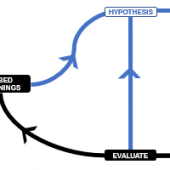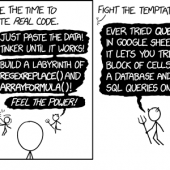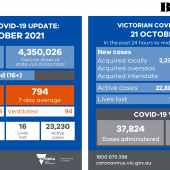All organisations collect data. Some have more, some have less.
The right data sets can be a great compass for organisations.
As humans, we have been collecting data since the olden days (as my 8yo daughter would say). Yet the science (and art!) of interpreting, contextualising and accessing data, especially when it’s cross-domain (business functions) is relatively new. E.g. the below DIKAR model only came out in 1996.

Businesses are acutely aware of the power of data and many invest significantly to realise value from their data stores. For the most part, these are in the form of technology investments, clumped with purchases for new software, cloud subscriptions and labour costs for engaging and managing engineering teams. It doesn’t help that there’s a plethora of data products out there promising the world.
What we have noticed here at MAEV & Co is that projects that lack the necessary business and information management competencies subsequently struggle to realise value from their data investments. We see solutions that are so narrow in focus that they struggle with reusability and scaling out. These technology focused projects become, largely, poor investments that need a substantial shift in focus to succeed.

I took this photograph at 6.51 PM. Where do you think West is?
When done right, interpreted and contextualised well, data projects can produce lasting assets that serve as a compass for your frontline staff, your marketing department, your team leaders, your C-suite executives and even your customers.
So, do your current data assets ensure alignment on your organisation’s north star? Let’s chat.






